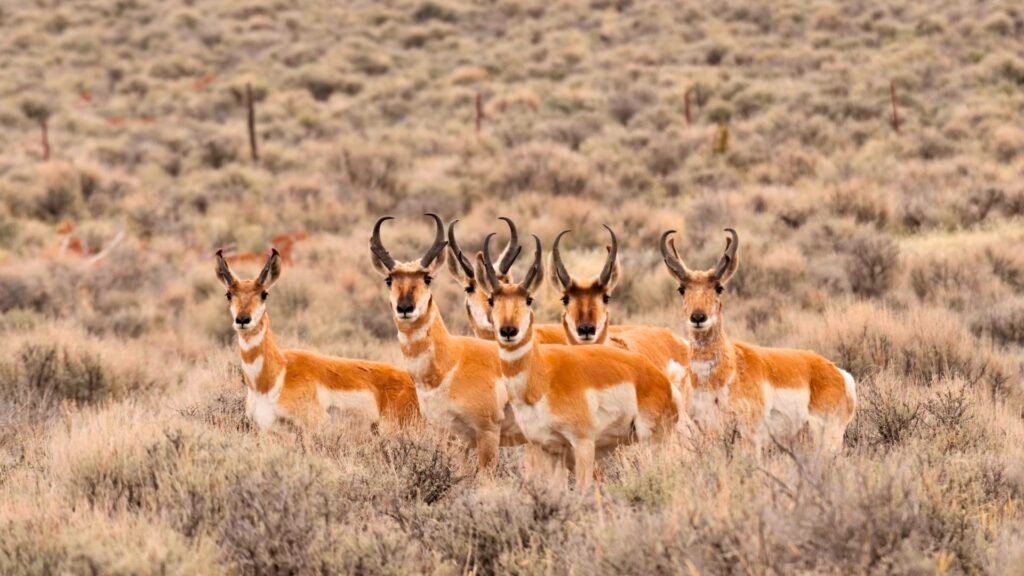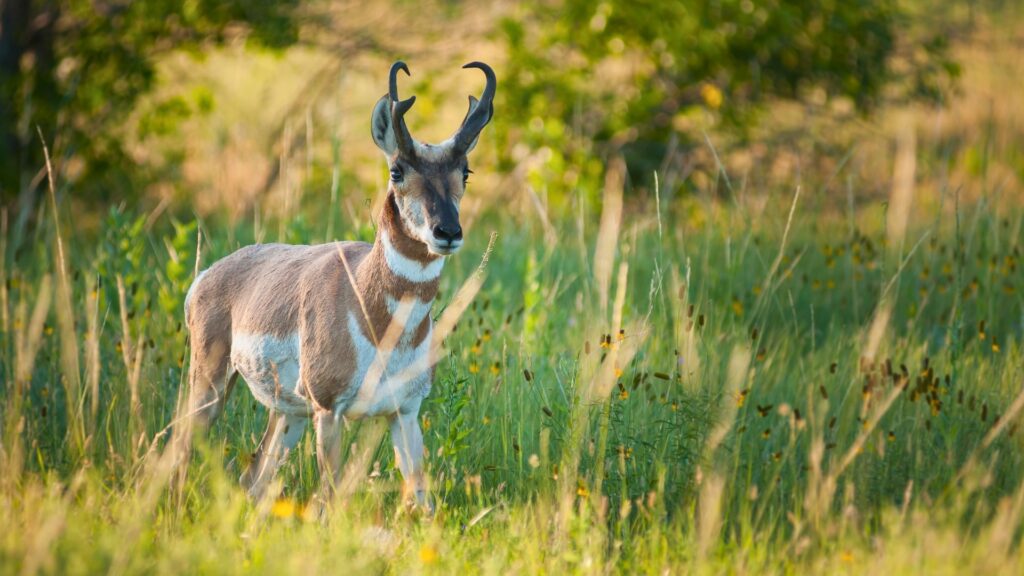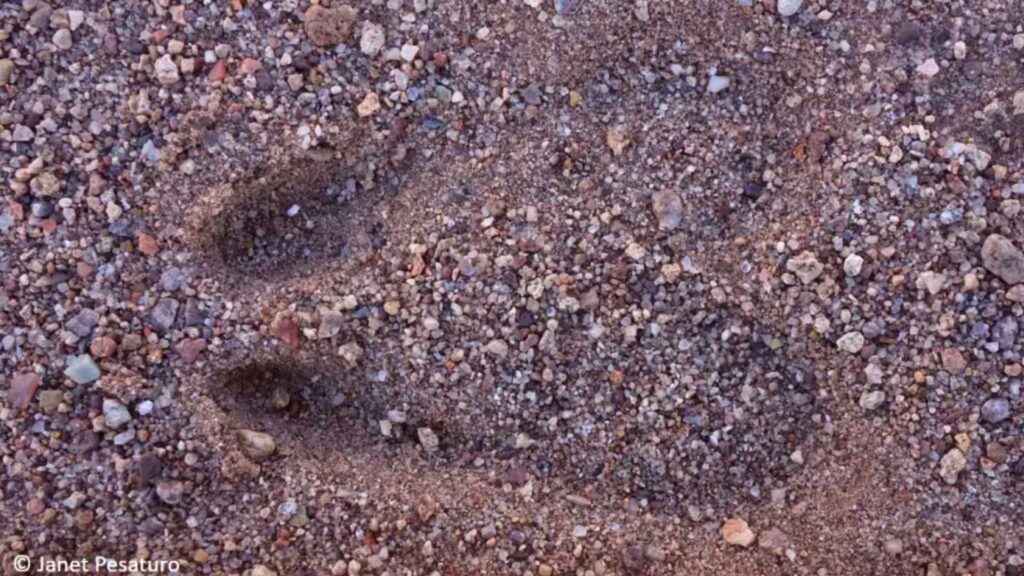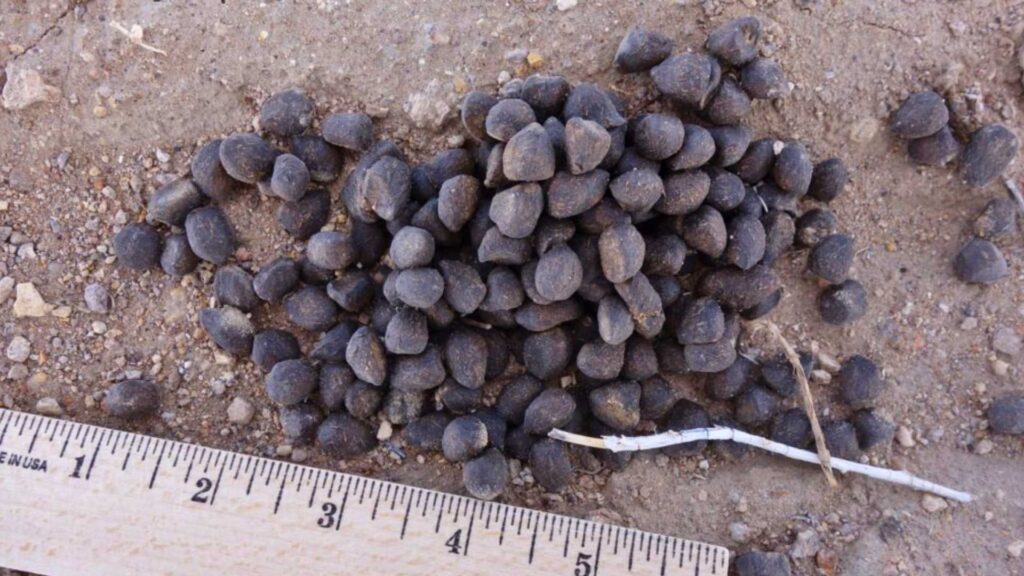Physical characteristics
The Pronghorn (Antilocapra americana), also known as the American antelope, is a medium-sized ungulate that inhabits the grasslands, sagebrush steppe, and deserts of western North America. They stand about three to four feet tall at the shoulder and weigh between 90 to 150 pounds.
They have a distinctive tan and white fur coat, with white fur on their underbelly and rump, and black markings on their face, neck, and sides. Their most notable feature is the pronged horns that protrude from the top of their heads. These horns are composed of a sheath of keratin over a bony core and can reach up to 20 inches in length.
Behavior
Pronghorns are social animals and are often found in large groups known as bands or herds. They are known for their incredible speed and are capable of running up to 60 miles per hour, making them one of the fastest land animals in North America. They are also excellent swimmers and can cross rivers and streams when necessary.
Habitat
Pronghorns are found throughout the western United States, from southern Alberta and Saskatchewan in Canada to northern Mexico. They inhabit open grasslands, sagebrush steppe, and desert scrubland. They are highly adaptable and can live in a wide range of environments.
Diet
Pronghorns are herbivores and primarily feed on grasses and forbs. They have a complex digestive system that allows them to extract nutrients from tough, fibrous plants. During the winter months, they will often dig through snow to find food.
Breeding
They mate in the fall, with males competing for the attention of females. After a gestation period of around 8 months, females give birth to one or two offspring, known as fawns. Fawns are able to stand and run within hours of birth and will remain with their mother for around a year.
Ecological role
Pronghorns play an important role in the ecosystem as both prey and herbivores. They are an important food source for predators such as coyotes, wolves, and mountain lions. They also help to maintain the health of grasslands and other ecosystems by controlling the growth of plants through grazing.
Pronghorn Hunting
Hunting of pronghorn was an important part of the culture and subsistence for many Native American tribes. Today, pronghorn hunting is regulated by state wildlife agencies in North America, and hunters must obtain licenses and follow strict regulations to ensure sustainable populations. Pronghorn hunting is popular among recreational hunters for its challenging nature and the lean, flavorful meat it provides.
Pronghorn hunting can be done using a variety of methods, including spot-and-stalk, ambush, and tracking. Many hunters prefer to hunt pronghorn with a rifle, but archery and muzzleloader hunts are also available. Because pronghorn have excellent vision, hunters must often use terrain and vegetation to stay hidden and approach within range. Due to their speed and agility, pronghorn can be difficult to hit, making them a challenging and rewarding hunt for experienced hunters.
Conservation efforts, such as regulated hunting seasons and habitat management, have helped to increase pronghorn populations in recent years. In addition to providing hunting opportunities, pronghorn also play an important role in grassland ecosystems as grazers and as prey for predators such as coyotes and mountain lions.
Tracks & Signs
Pronghorn tracks are distinctive and easily recognizable. They have two dewclaws, which are small, pointed hooves located higher up on their legs, making their tracks look different from those of other ungulates. Pronghorn tracks are heart-shaped with a pointed toe and an indented heel, and they can measure around 2.5 to 3.5 inches (6.4 to 8.9 cm) in length.
Pronghorn scat (feces) is usually small and pellet-like, similar to that of other deer species. The pellets are cylindrical and may be around 0.5 to 0.75 inches (1.3 to 1.9 cm) in length. Their scat is commonly found along their travel routes or in feeding areas.
Conservation
This animal species was once on the brink of extinction due to overhunting and habitat loss. Today, populations have recovered and are considered stable, although some populations are still at risk due to habitat loss and fragmentation. Conservation efforts include habitat protection, predator management, and sustainable hunting practices.
Did You Know?
Pronghorn are the fastest land mammals in North America
… and second only to the cheetah worldwide! Their incredible speed allows them to easily outpace predators like coyotes and even maintain a steady pace alongside vehicles on highways.
They possess exceptional vision
Their large, wraparound eyes provide them with a 320-degree field of view, which helps them detect threats from all directions. Their eyesight is so sharp that they can spot a predator up to four miles (6.4 kilometers) away!
Unlike other ungulates, pronghorn are remarkable jumpers
They can leap over fences and obstacles up to 8 feet (2.4 meters) high, displaying impressive athleticism and agility. These incredible vertical jumps showcase their remarkable physical abilities.
Pronghorn have survived for millions of years virtually unchanged
Fossil evidence indicates that their ancestors roamed the Earth alongside mammoths and saber-toothed cats. Their ability to adapt and persist through changing environments is a testament to their resilience.
Pronghorn are true icons of the American West, symbolizing freedom and resilience
Their extraordinary adaptations, epic migrations, and unmatched speed make them one of the most captivating and charismatic species of North America’s wildlife.
Image sources: Winterberry Wildlife
